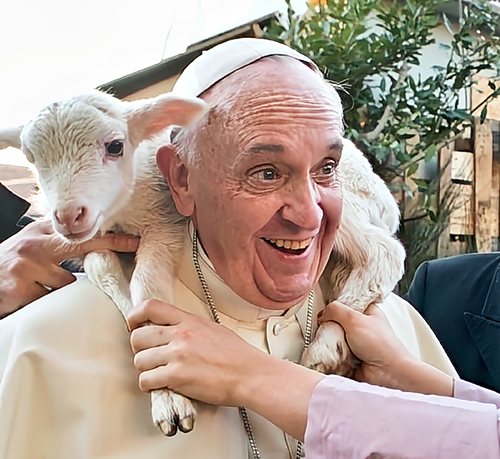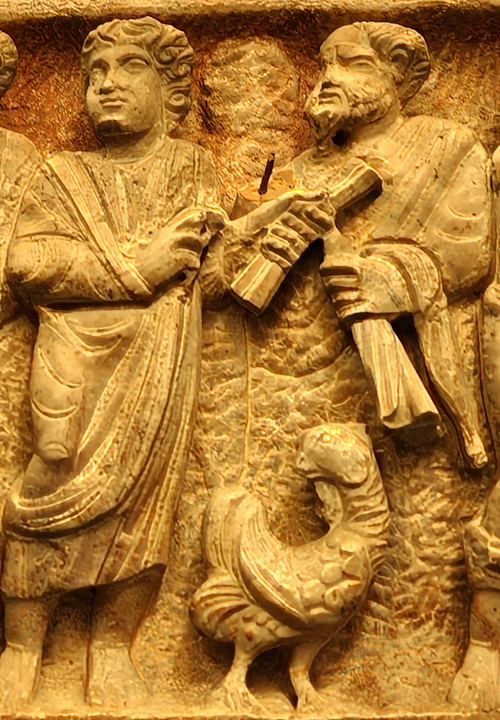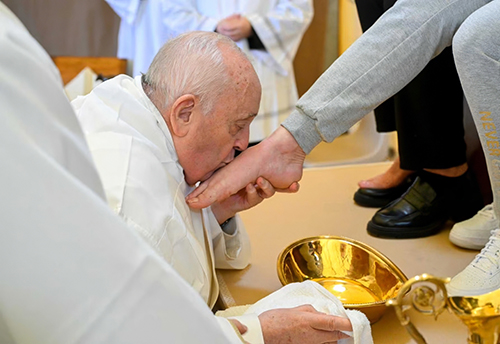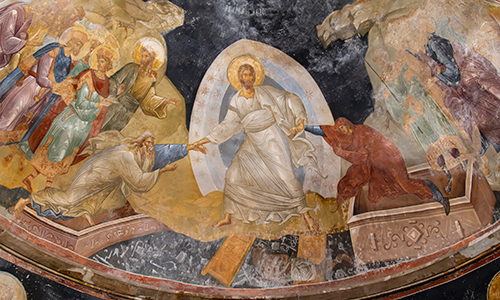
This Sunday is designated as Good Shepherd Sunday and begins what is known as Vocations Week (May 11 – 17)
Shortly after he entered the Trappists, Thomas Merton wrote the story of his conversion and journey to a monastery in a book, Seven Story Mountain. It became a best seller that, among other things, caught the romantic imagination of his generation.
For years afterwards, Trappist monasteries were flooded with applications, not all for the right reasons of course, but many men did become good monks because of a romantic ideal that Merton’s story triggered.
Perhaps, the absence of this kind of romantic ideal is one of the main reasons why today, in the Western world, fewer men and women are responding to the call to priesthood and religious life.
We need again an ideal for priesthood and religious life that people can fall in love with, something that inflames the romantic imagination.
I sense that is absent today.
Our very sophistication, it seems, is killing us.
We are openly cautious, and at times cynical about these vocations.
No surprise we get few takers. “No romantic illusions allowed!” seems to be the catchphrase.
If we applied that criterion to marriage there would be few takers there as well.
I very much like an expression used by Marriage Encounter groups: “Love is a decision!” they say. They’re right. We can, and often do, make commitments out of naiveté, lack of opportunity, or romantic feelings, but we won’t sustain them long-term unless, at some point, we re-choose them in a new and purer way.
Maturity comes with that. We’re mature only when we choose to love, serve, obey and give over ourselves to someone or something because we accept that this is the right thing to do, irrespective of how we feel about it on a given day or what more attractive options might beckon.
But – that’s not true initially. First you have to fall in love. Every romantic, mystic or poet knows that. Married folks too know it. Granted, at some point after the honeymoon, love has to become a decision, but that’s not what initially brings you to marriage. First you fall in love. “All miracles begin with falling in love,” writes the Australian novelist Morris West. Most life-long commitments begin in the same way.
Maybe we need to put the romance back into priestly and religious vocations!
Vocations ought never be a numbers game, rather it is a question of attentive listening.
One of the facts that persons seem to dismiss from the equation is quite simply, “there are fewer persons to hear the call!” The average number of people per New Zealand household is 2.7 people, which has remained unchanged since 2006.
The word “vocation” is a descendant of Latin vocatio, meaning “summons.” Vocatio, in turn, comes from vocare, meaning “to call,” which itself is from vox, meaning “voice”.
Maybe, this “Vocations Sunday” we dare listen to the ‘voice’, calling – it may be that ‘voice’ is calling us to an entirely new way of being Church!



